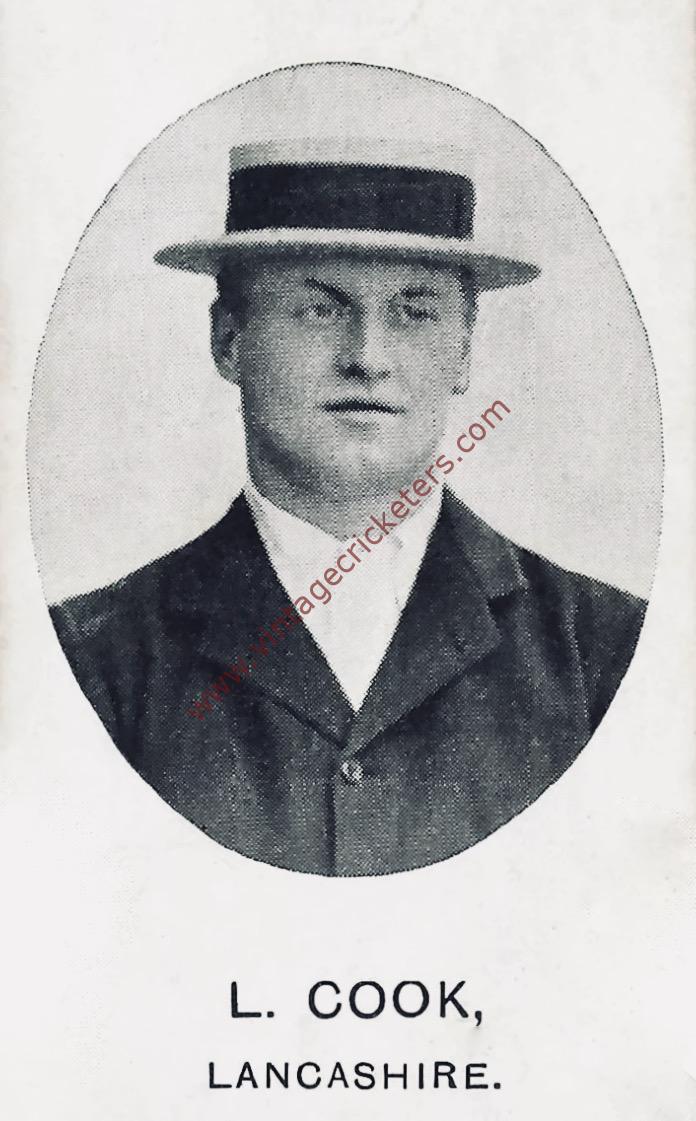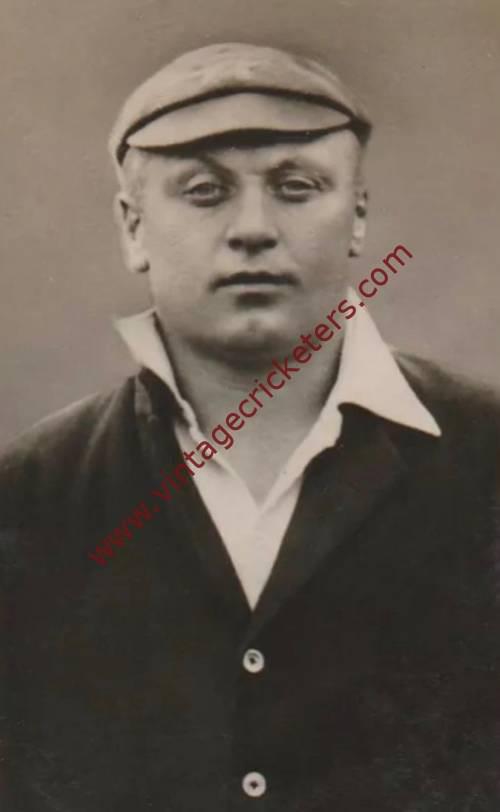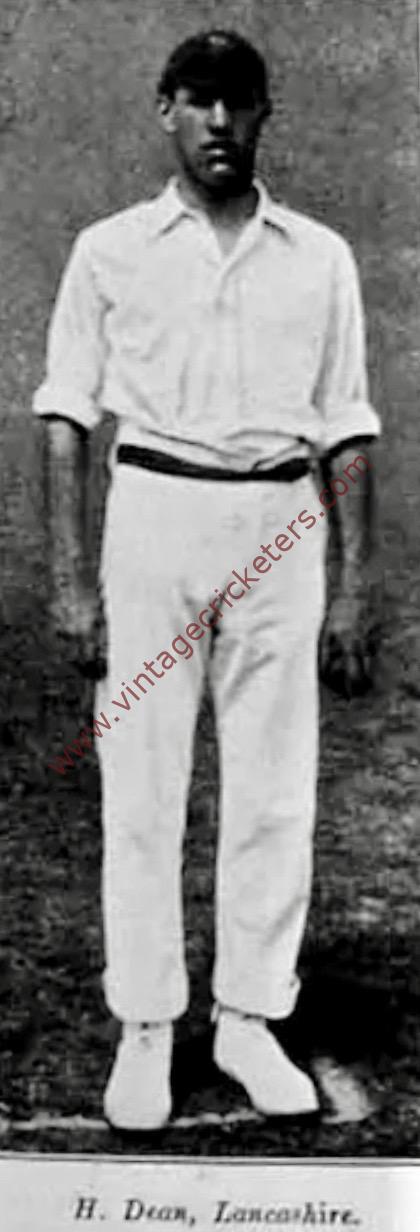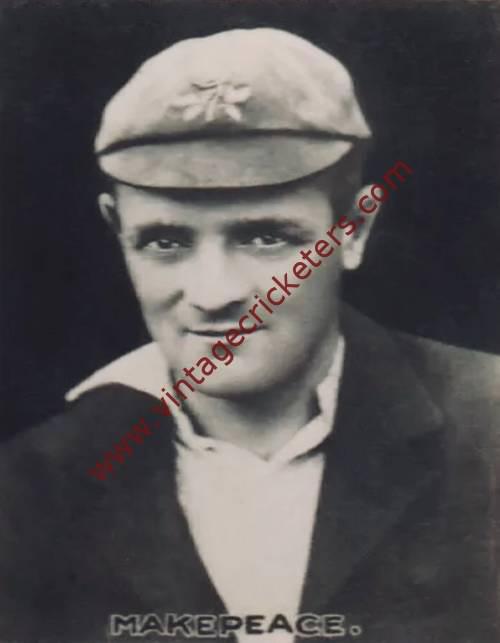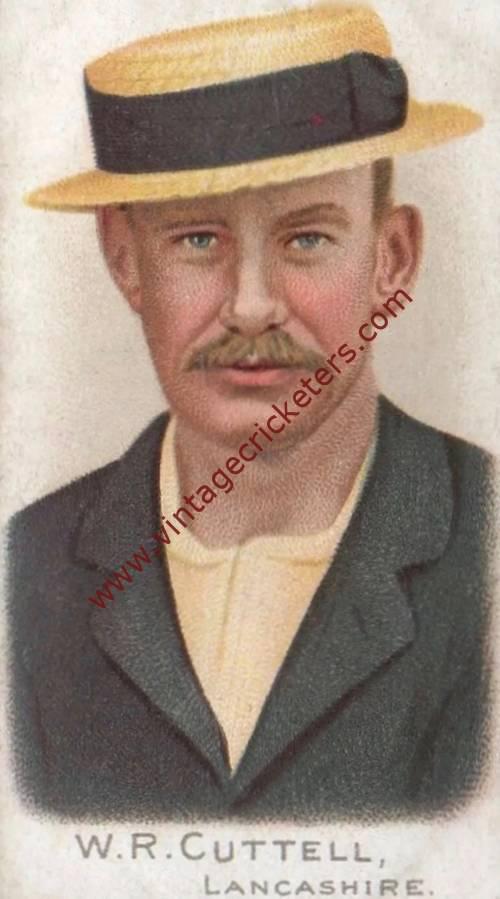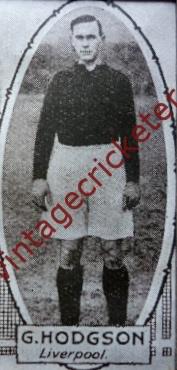Description
Preston, Lancashire born Lawrence Cook was a bowler who represented Lancashire from 1907 to 1923. His career was somewhat unusual. For most of his career Lawrence Cook was not a regular member of the Lancashire eleven as many bowlers competed for two or three places, but near its end in his mid-thirties Cook bowled so well that some expected him to be chosen for the difficult 1920-1921 Ashes tour. He was not chosen, and indeed never played for England even during the disastrous 1921 series when 30 players were used to find a winning combination. Nonetheless, shrewd judges are unanimous that Cook was not the bowler for Test matches against a formidable batting side on rock-hard pitches.
Cook emerged in 1907 as a bowler of fast-medium pace, possibly meant to substitute for Walter Brearley who was then engaged in one of his many disputes with the Lancashire committee. Although he took a wicket with his first ball in first class cricket, on the whole his record for that season was moderate, but with seven wickets on a rare hard pitch against Kent at Canterbury he showed he had great persistence. When Brearley came back into the eleven in 1908, Cook was relegated to the Second Eleven, but in 1910 he re-established in place and in the May following year, helped by a bad pitch and feeble Northamptonshire batting, he bowled with considerable pace and a lot of spin to take 8-39.
Cook indeed bowled so well early that season that Lancashire seemed to have found an excellent pace bowler when Brearley could not play. However, he was felt impossible to fit in when that fast bowler was free from business and on returning to the side he did not maintain his early season form, nor did he do anything of note against the top Counties. The years 1912 to 1914 saw Lancashire, even with Brearley gone, aim to stabilise their bowling lineup. This left no room for Cook – he was probably passed over in favour of men who could bat better. During the First World War, Lawrence Cook served in the Army, and he was not demobilised until well after the 1919 season commenced.
When he returned, however, Cook – now bowling at a slower pace than in 1911 – immediately became, for the first time, indispensable to Lancashire. Although he still failed to achieve much against strong Counties, he had a notable performance against Gloucestershire recording 9-49, and was second in the Lancashire bowling averages. 1920, however, saw Cook jump right to the top of the tree with 156 first class wickets for less than fifteen runs each, and some excellent performances in tandem with Harry Dean and Cecil Parkin, notably against Kent at Old Trafford in July. Although he did not have the honour of representing the Players or touring Australia, Cook would no doubt have been chosen as a Cricketer of the Year by Wisden but for the special portrait of Pelham Warner to commemorate Middlesex’s Championship win. In the dry summer of 1921, Cook showed himself to be one of the most tireless and consistent workhorses in County cricket, even if no selector thought he had enough sting to be a Test match bowler. He took 151 wickets without one haul of seven in an innings, and in 1922 he maintained his accuracy and spin notably when taking 7-23 on a crumbling pitch.
Lancashire awarded him a benefit in 1923, but although he was still a most effective stock bowler Cook appeared to have lost much of his spin that season and was dropped for a number of matches late in the season. He still took almost 100 wickets even if at quite a high cost, but with Ted McDonald qualified it was not seen as worthwhile to retain him for 1924.
In 206 first class matches, Cook took 839 wickets at 21.20 apiece, taking five wickets in an innings 46 times and ten wickets in a match 8 times. With the bat he managed 2,125 runs at an average of 12.50, and his highest score of 54 not out was his only half century. He also took 139 catches in the first class game.

